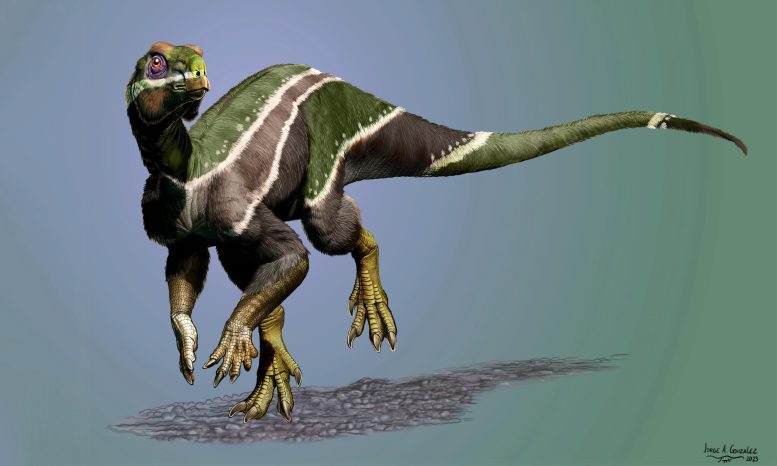
Artist’s reconstruction of Iani smithi. This newly discovered dinosaur provides significant insights into the considerable ecological shifts that occurred around 100 million years ago in North America. Its survival during a period of global warming parallels the present-day climate crisis. Credit: Jorge Gonzalez
New insights into how dinosaurs weather mid-Cretaceous ecological change.
A new study reveals how a newly discovered dinosaur species, named Iani smithi, provides crucial insights into significant ecological changes that transpired in North America around 100 million years ago. Living during the early Late Cretaceous, Iani smithi, discovered in Utah’s Cedar Mountain Formation, belonged to an early branch of ornithopod dinosaurs. This discovery, coupled with others from the same geologic formation, shows that despite the era’s ecological upheavals, several major dinosaur groups endured. Furthermore, the authors point out the discovery’s significance in connecting the extinction of early ornithopods in North America to a notable global warming interval, which intriguingly mirrors our current climate crisis.
A new species of dinosaur from Utah sheds light on major North American ecological changes around 100 million years ago, according to a study published June 7, 2023 in the open-access journal PLOS ONE by Lindsay Zanno of the North Carolina Museum of Natural Sciences and colleagues.
The boundary between the Early and Late Cretaceous Period saw major reassembly of global ecosystems associated with a peak in global temperatures. In the fossil record of western North America, this ecological shift has been well-documented for marine habitats, but less study has been done regarding terrestrial life. In this study, Zanno and colleagues identify a new dinosaur from the early Late Cretaceous Cedar Mountain Formation of Utah.
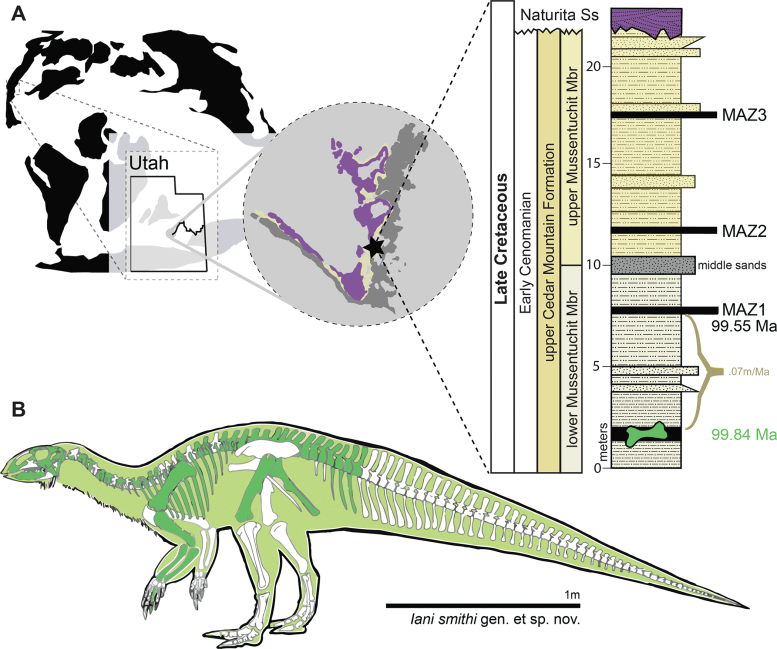
Location of holotype locality for Iani smithi. (A) Global map showing location of Mussentuchit Member outcrop in central Utah, western North America, and a stratigraphic section at the quarry with dated ash horizons; and (B) graphical representation of preserved skeletal elements of the holotype specimen. Preserved elements are colored on the left facing skeletal whether they derive from the right or left side of the body. Exact positions of chevrons and ribs unknown due to poor preservation. Credit: Zanno et al., 2023, PLOS ONE, (CC-BY 4.0)
The new dinosaur, named Iani smithi, lived around 100 million years ago and is known from a single fossil specimen including a well-preserved skull and parts of the spine and limbs. The name derives from Ianus, a Roman deity who presided over transitions, referencing the changing world of the mid-Cretaceous.
Iani is a member of an early branch of the ornithopod dinosaurs, a group of mostly bipedal herbivores that also includes famous examples like Iguanodon and Tenontosaurus. Iani is the first early-diverging ornithopod known from the Late Cretaceous of North America.
This discovery, along with other recent reports from the same geologic formation, indicates that several major groups of dinosaurs survived into the early Late Cretaceous despite the ecological changes of the time, but exactly what these survivors were doing and how long they lasted is still unclear. Since Iani and its closest cousins are typically found in ancient coastal habitats along the shores of the now-vanished Western Interior Seaway, the authors suggest that more investigation into coastal deposits of similar age might yield further evidence to address these lingering questions.
The authors add: “Early ornithopods were once a common part of North American ecosystems, but we did not know they survived into the Late Cretaceous. The discovery of Iani helps us link their extinction on the continent with a major interval of global warming, one with striking similarities to our current climate crisis.”
For more on this research, see Dinosaur Iani May Have Been Species’ “Last Gasp” in a Changing Planet.
Reference: “An early-diverging iguanodontian (Dinosauria: Rhabdodontomorpha) from the Late Cretaceous of North America” by Lindsay E. Zanno, Terry A. Gates, Haviv M. Avrahami, Ryan T. Tucker and Peter J. Makovicky, 7 June 2023, PLOS ONE.
DOI: 10.1371/journal.pone.0286042
This research was supported by an award from the Canyonlands Natural History Association to LEZ and a National Science Foundation award 1925973 to LEZ and RTT. The funders had no role in study design, data collection and analysis, decision to publish, or preparation of the manuscript.

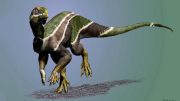
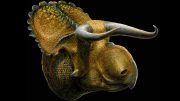
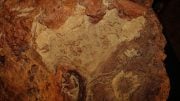
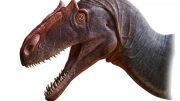
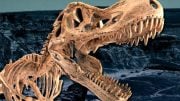
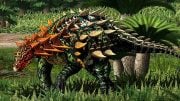

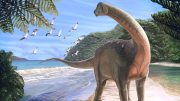
c